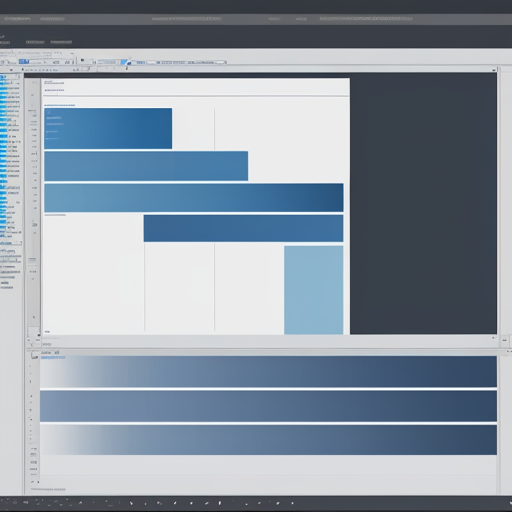In the realm of natural language processing (NLP), many models are pretrained to enhance performance. However, what happens when we want to build our model from scratch or benchmark pretraining effects? This is where the random-roberta-base comes into play, representing an unpretrained version of the RoBERTa model. This article will guide you through obtaining and utilizing this exciting model.
Understanding random-roberta-base
The random-roberta-base is essentially a RoBERTa model initialized with random weights. This model is particularly useful for experimenting with new training strategies or observing how a language model behaves when starting from zero knowledge. One interesting aspect of this model is that it shares the same tokenizer as the original roberta-base, as developing a random tokenizer is not only complex but less meaningful than random weights.
Why Use random-roberta-base?
- Training from Scratch: Perfect for those looking to configure and train their model without the biases of pre-training.
- Benchmarking: It allows for an effective comparison of the effects of various pre-training techniques.
- No Seed Concerns: By pulling random-roberta-base from HuggingFace, you can bypass complications related to random seeds, allowing for true randomness at every initialization.
Getting Started with random-roberta-base
To utilize the random-roberta-base model in your project, you’ll need to run a specific piece of code. Below is the code that achieves this:
from transformers import AutoTokenizer, AutoModelForSequenceClassification
def get_blank_model_from_hf(model_name='bert-base-cased'):
model = AutoModelForSequenceClassification.from_pretrained(model_name, num_labels=5)
tokenizer = AutoTokenizer.from_pretrained(model_name)
model.base_model.init_weights()
model_name = 'random-' + model_name
base_model = model.base_model
return base_model, tokenizer, model_name
The Analogy of a Blank Canvas
Imagine you are an artist. An empty canvas represents the random-roberta-base model. Just as the canvas holds no pre-existing art, the model starts with no knowledge of language patterns. With every brushstroke — or in the case of our model, every training epoch — you bring your vision to life (or your desired language understanding). Just like an artist experimenting with colors and techniques, you can start from scratch, allowing your unique training to shape the final masterpiece.
Troubleshooting Common Issues
While utilizing the random-roberta-base model, you may encounter a few issues. Here are some troubleshooting tips:
- Model Not Found: Ensure you have the correct model name and that the model is available on HuggingFace.
- Installation Issues: If you’re having difficulty installing the Transformers library, verify that you are using the correct Python environment and package manager.
- Performance Problems: If training takes longer than expected, check your hardware specifications and ensure that you are utilizing a capable GPU.
For more insights, updates, or to collaborate on AI development projects, stay connected with fxis.ai.
Conclusion
The random-roberta-base model serves as a valuable tool for those wishing to dive deep into custom NLP training scenarios. By utilizing its unique features, you have the power to train a model from scratch and thoroughly assess pre-training effects on your final results.
At fxis.ai, we believe that such advancements are crucial for the future of AI, as they enable more comprehensive and effective solutions. Our team is continually exploring new methodologies to push the envelope in artificial intelligence, ensuring that our clients benefit from the latest technological innovations.

